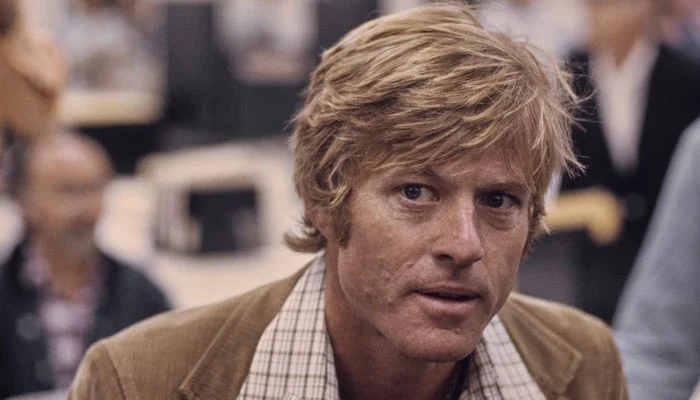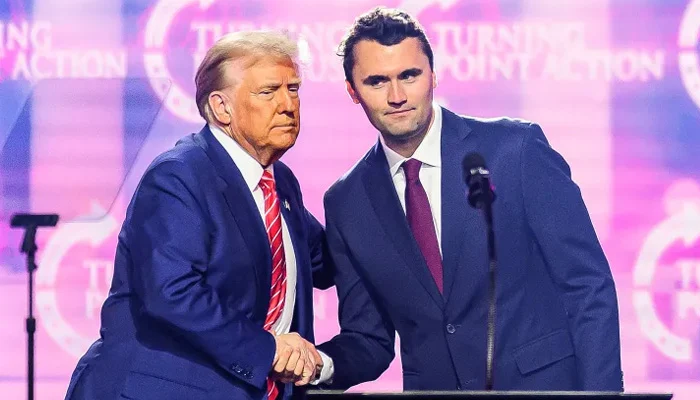In a landmark moment signaling a shift in their often-tense relations, Indian Prime Minister Narendra Modi met with Chinese President Xi Jinping on August 31 in modernized dialogues aimed at reviving bilateral ties. This summit, held during the Shanghai Cooperation Organisation (SCO) meeting in Tianjin, marked Modi’s first trip to China in seven years.
Key Outcomes: Cooling Tensions and Rebuilding Bridges
- Border Stability Efforts: The two leaders underscored that unresolved border issues should not hijack the broader relationship. Modi reaffirmed India’s commitment to “strategic autonomy,” while both sides reiterated their intent to de-escalate tensions along the Line of Actual Control.
- Sanctifying Partnerships: Modi and Xi emphasized that their nations should see each other as “partners, not rivals.” Proposals focused on enhanced trade, investment, connectivity, and addressing traditional concerns, including terrorism and fair trade.
- Practical Enhancements: India and China have already reintroduced direct flights, eased export restrictions on essential goods, and liberalized visa regimes—moves aimed at reviving business, tourism, and people-to-people exchanges.

Strategic Context: Realignment in a Shifting Global Order
This diplomatic outreach isn’t occurring in isolation. Growing U.S. trade pressure, notably high tariffs on Indian goods, seems to have nudged both countries toward closer engagement. India’s easing of FDI restrictions from China further demonstrates its interest in pragmatic cooperation amid changing global economic dynamics.
A Measured Reset: What Lies Ahead
Despite the encouraging signs, analysts caution that the thaw is fragile. Core issues—such as the massive trade imbalance, unresolved border disputes, data sharing concerns around Himalayan rivers, and geopolitical alliances like China’s support for Pakistan—remain substantial challenges.
Still, the thaw is real. India-China relations have moved from entrenched hostility toward a more collaborative posture—marked not by grand declarations, but by tangible steps. As the two economic powerhouses redraw their diplomatic script, the enduring test will be whether this momentum evolves into sustained, structured cooperation rather than a fleeting rapprochement.






